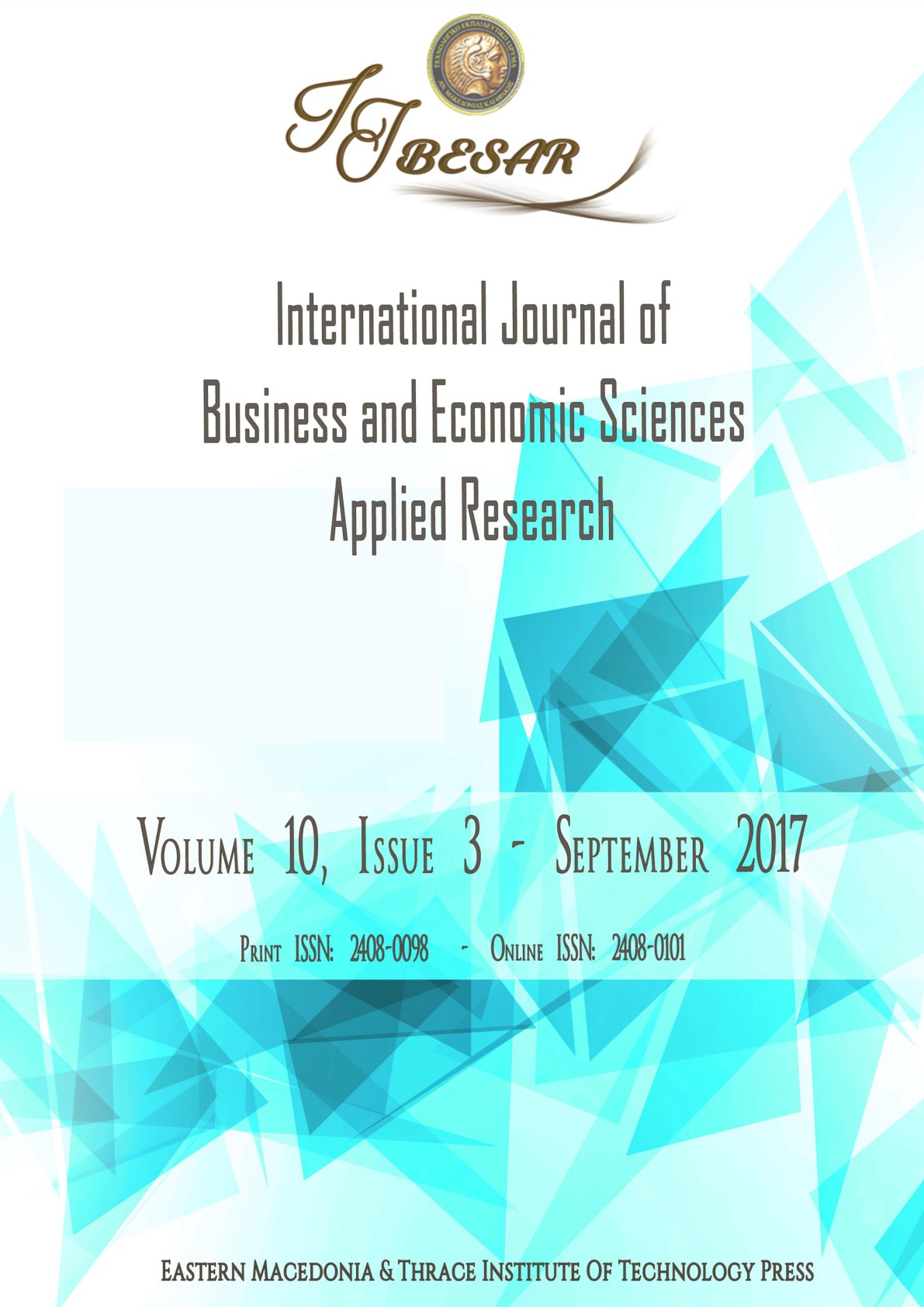Financial and fiscal crises, prices and EUR/USD rate of exchange
Financial and fiscal crises, prices and EUR/USD rate of exchange
Author(s): Sławomir I. Bukowski, Joanna E. BukowskaSubject(s): Methodology and research technology, Transformation Period (1990 - 2010), Present Times (2010 - today), Financial Markets, Fiscal Politics / Budgeting
Published by: Τεχνολογικό Εκπαιδευτικό Ίδρυμα Ανατολικής Μακεδονίας και Θράκης
Keywords: financial crisis; fiscal crisis; rate of exchange; econometric model; GARCH;
Summary/Abstract: Purpose: The purpose of this paper is to answer the following question: How did the standard and non-standard ECB policy measures influence the price level and the EUR/USD rate of exchange in the period 2008-2013? Design/methodology/approach: We formulated the following hypothesis: Depreciation of the Euro versus American dollar exchange rate occurred in the period of financial and fiscal crisis (2008-2014). The main reasons for that included: fiscal crisis in the euro area, implementation of standard and non– standard (quantitative easing) ECB monetary policy measures and growth of money supply in the euro area. In that period, the economically and statistically significant impacts of money supply aggregate M2 and differences between interest rates and rates of inflation in the euro area and USA on changes in EUR/USD rate of exchange were noted. For verification of our hypothesis we used econometric modeling - model of regression estimated using the GARCH (0.1), using the monthly data for the period 1999:01-2013:12. Results of our research confirmed the hypothesis formulated by us. Findings: Our study confirmed the formulated hypothesis; the EBC monetary policy, both standard and non-standard, in the years 2008-2014 had a significant effect on the EUR/USD exchange rate, contributing largely to the depreciation of the euro in the same period. Research limitations/implications: The same method of research could be applied to other cases of currency area and central bank monetary policy. Originality/value: The results support the existence of statistically and economically significant impact of central bank policy on the rate of exchange, by the expansion of money supply, changes of differences between interest rates and rates of inflation inside and outside the currency rate area. Those results confirm conclusion formulated based on the theory of interest rate parity and assets theory of currency rates.
Journal: International Journal of Business and Economic Sciences Applied Research (IJBESAR)
- Issue Year: 10/2017
- Issue No: 3
- Page Range: 73-79
- Page Count: 7
- Language: English

